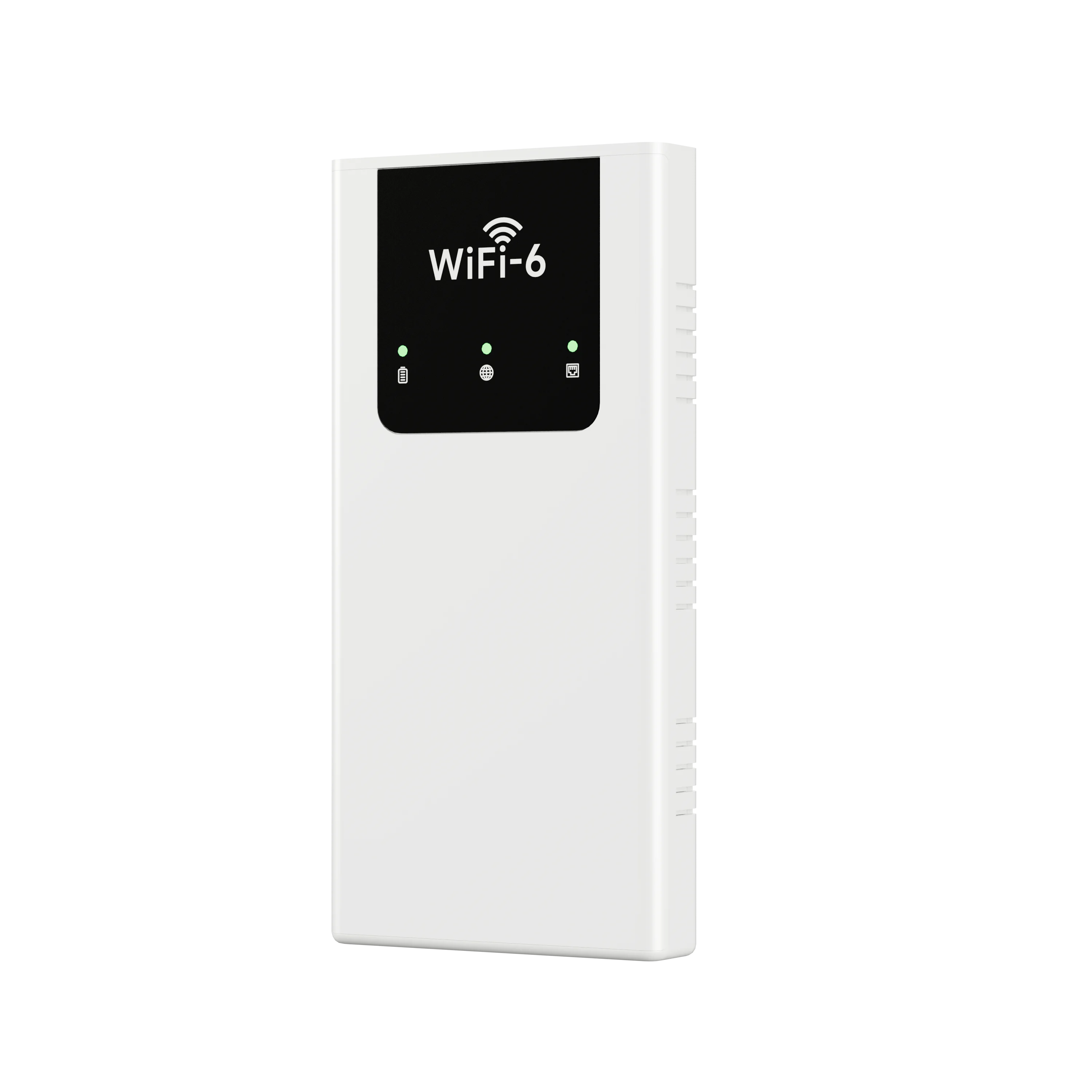When you flick a light switch, you expect the room to illuminate instantly. However, there are times when that simple action yields no results, leaving you in the dark—literally. Understanding why a light switch stops working is essential for both homeowners and renters alike. This article delves into the various reasons behind this common issue, offering practical insights and solutions.
- Understanding the Basics of Light Switch Functionality
Before we explore the potential causes of a malfunctioning light switch, it’s important to understand how these devices operate. A light switch is essentially a mechanical device that completes or interrupts the electrical circuit powering a light fixture. When the switch is in the on position, it allows electricity to flow, illuminating the bulb. Conversely, when it’s off, the circuit is broken, and the light turns off.
- Common Reasons for Light Switch Failure
a. Worn-Out Switch Mechanism
Over time, the internal components of a light switch can wear out due to frequent use. The mechanical parts may become loose or break, preventing the switch from making proper contact. If you notice that the switch feels loose or doesn’t click into place, it may be time for a replacement.
b. Faulty Wiring Connections
One of the most common culprits behind a non-functioning light switch is faulty wiring. Loose, frayed, or damaged wires can disrupt the flow of electricity. This issue can arise from improper installation, wear and tear, or even pest damage. If you suspect wiring issues, it’s crucial to consult a licensed electrician to ensure safety and compliance with electrical codes.
c. Tripped Circuit Breaker
Sometimes, the issue may not lie with the switch itself but with the electrical circuit it’s connected to. A tripped circuit breaker can cut off power to the switch and the light fixture. Check your home’s electrical panel to see if any breakers have been tripped. If so, resetting the breaker may resolve the issue.
d. Burnt-Out Bulb
Before assuming the switch is at fault, check the light bulb. A burnt-out bulb can create the illusion that the switch is malfunctioning. Replace the bulb with a new one to see if that restores functionality.
e. Incompatible or Overloaded Circuit
Using a light switch that is not rated for the wattage of the connected fixtures can lead to overheating and eventual failure. Additionally, overloading a circuit with too many devices can cause the switch to stop working. Always ensure that your light fixtures and switches are compatible and that the circuit is not overloaded.
- Diagnosing the Problem: A Step-by-Step Approach
To effectively diagnose why your light switch has stopped working, follow these steps:
- Inspect the Bulb: Start by checking if the bulb is functional. Replace it if necessary.
- Check the Circuit Breaker: Look for any tripped breakers and reset them if needed.
- Examine the Switch: Turn off the power to the switch at the circuit breaker and remove the switch cover. Inspect for any visible damage or loose connections.
- Test the Wiring: If you’re comfortable doing so, use a multimeter to test for voltage at the switch. If there’s no voltage, the issue may lie upstream in the circuit.
- Consult a Professional: If you’re unable to identify the problem or if you suspect wiring issues, it’s best to call a licensed electrician.
- Preventive Measures to Avoid Future Issues
To minimize the risk of light switch failures in the future, consider the following preventive measures:
- Regular Inspections: Periodically check your light switches and outlets for signs of wear or damage.
- Use Quality Products: Invest in high-quality switches and fixtures that meet safety standards.
- Avoid Overloading Circuits: Be mindful of how many devices are connected to a single circuit to prevent overloads.
- Professional Installation: When installing new fixtures or switches, hire a qualified electrician to ensure proper installation.
Conclusion
A non-functioning light switch can be a frustrating experience, but understanding the potential causes and solutions can help you address the issue effectively. Whether it’s a simple bulb replacement or a more complex wiring problem, being proactive and informed can save you time, money, and the hassle of living in the dark. Remember, when in doubt, always consult a professional to ensure your home’s electrical system remains safe and functional.
